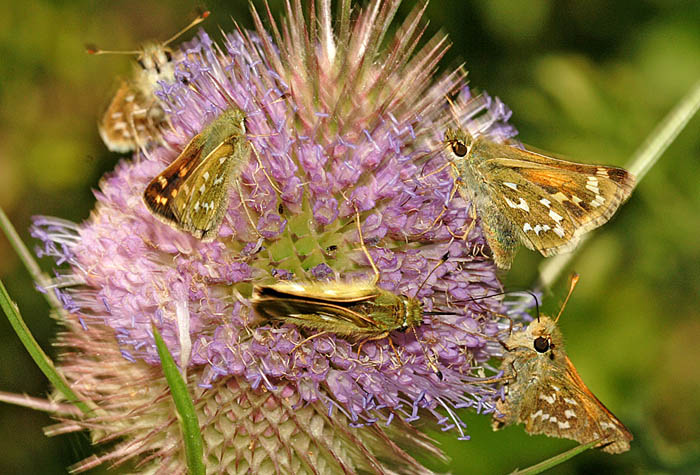
|
This index shows the location of all images of invertebrates in natureconservationimaging.com. The page on which each appears, together with information about the species, is accessible by being clicked. All images, text and php files on the website are the intellectual property of Jeremy Early and copyrighted under the Design and Patents Act 1988. Other than for the private purpose of the user, no image, php file or design feature may be stored in a retrieval system, copied or reproduced in any form, published in any way or transmitted in any form or by any means, electronic, recording or otherwise, without the full prior permission of Jeremy Early. Any use of them without this consent is illegal under UK and international copyright laws and treaties. For legal use, including purchase, please see the Sales page. In the interests of accuracy, the majority of the references below show the scientific rather than the anglicised version first. The exceptions are groups in which all species are better known by the English name, namely butterflies and moths, ladybirds, grasshoppers and crickets, and shieldbugs. |

|
|
|
"Bumblebees merit attention as one of the most striking, attractive and useful invertebrates we see. They have huge potential for imbuing youngsters with enthusiasm for nature" GARDENS "Butterflies are ensconced in popular culture. People are well disposed towards them, mainly because they are colourful and lively, because they represent brightness, summer, sunshine, the open air. So if we cannot protect our butterflies, what hope is there for the rest? DOWNLAND "The solitary wasp Pemphredon lugubris, colloquially called the Mournful Wasp, is a real friend of the gardener since a female can put up to 40 good-sized aphids in each cell in its branched nest system in decayed wood" GARDENS "The impressive Volucella zonaria, a Hornet mimic and our largest hoverfly, has colonised Britain from Europe since 1940 and is spreading quite rapidly. Warmer climatic conditions are helping this development" WOODLAND |